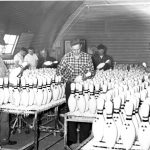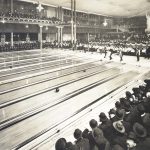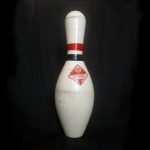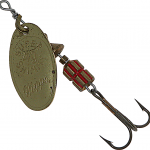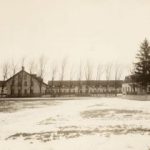In 1964, a representative of Japanese company Sanko Trading visited the Vulcan Corporation, a bowling-pin manufacturer based in Antigo, Wisconsin. Sanko was seeking a deal for exclusive rights to import bowling pins to Japan. At the time, Vulcan didn’t think much of the idea. Donald Degenhardt, plant manager at the time, recalled thinking “bowling pins in Japan?”
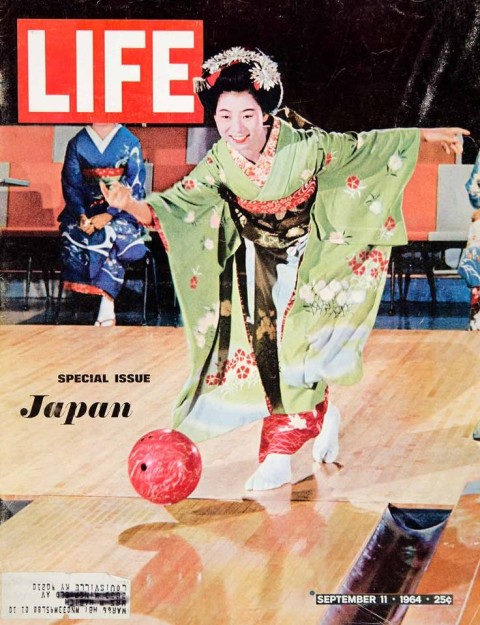
But it was definitely part of a trend. Following World War II many American customs gained popularity in Japan, with golf becoming one of the most popular. Bowling soon followed suit. In 1968, Japan had 14,000 bowling lanes. Just two years later, that number had more than quadrupled to 63,000. And by 1972, there were 124,000 lanes in Japan, second only to the U.S., which boasted 130,000. The world’s largest bowling alley was in Tokyo: the 252-lane World Lanes, which was housed in a nine-story building with two underground levels. In 1973, an average day saw 10,000 bowlers at that site. Some locations were open 24 hours a day. On average, each lane accommodated 80 games (in the U.S. the average was 20).
The Vulcan Corporation filled many of the orders for bowling pins for the Japanese market. They acquired plants in St. Louis, Richland Center, WI, and Hancock, MI, and transferred even more of their production to Antigo. The company then modernized the Richland Center plant in order to keep up with Japanese demand. Vulcan even chartered planes to fly pins from Minneapolis to Japan. In their best year, 1972, they manufactured 500 to 600 sets of pins per day at the Antigo plant and an additional 200 to 250 sets at the Richland Center plant. That year they shipped a total of 102,000 sets of pins to Japan, connecting the maple forests of northern Wisconsin with the voracious appetites of bowlers in the far east.
But by the mid-1970s the Japanese market had begun to slow. The number of lanes had dropped from 124,000 to 23,000 and Vulcan’s engagement in the Japanese market ceased. By the 1990s, the bowling boom in Japan had completely collapsed, leaving a number of the country’s alleys abandoned.
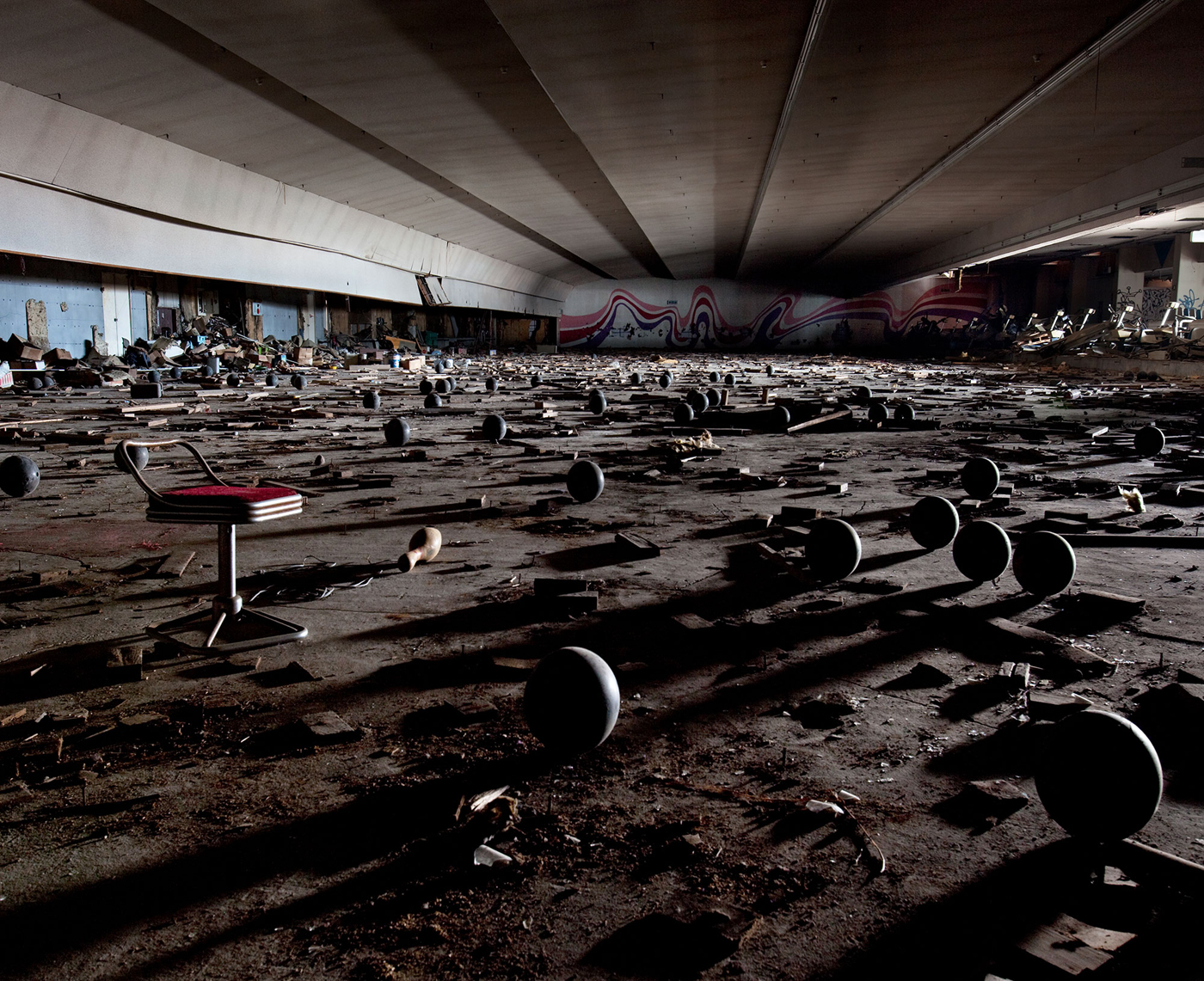
Written by Joe Hermolin, February 2016.
SOURCES
Donald Degenhardt, “Notes for a presentation of the history of Vulcan to the Langlade County Historical Society.” On file in the Langlade County Historical Society archives.
Gideon Bosker and Bianca Lencek-Bosker, Bowled Over- A Roll Down Memory Lane (San Francisco: Chronicle Books, 2002), 22-27.
